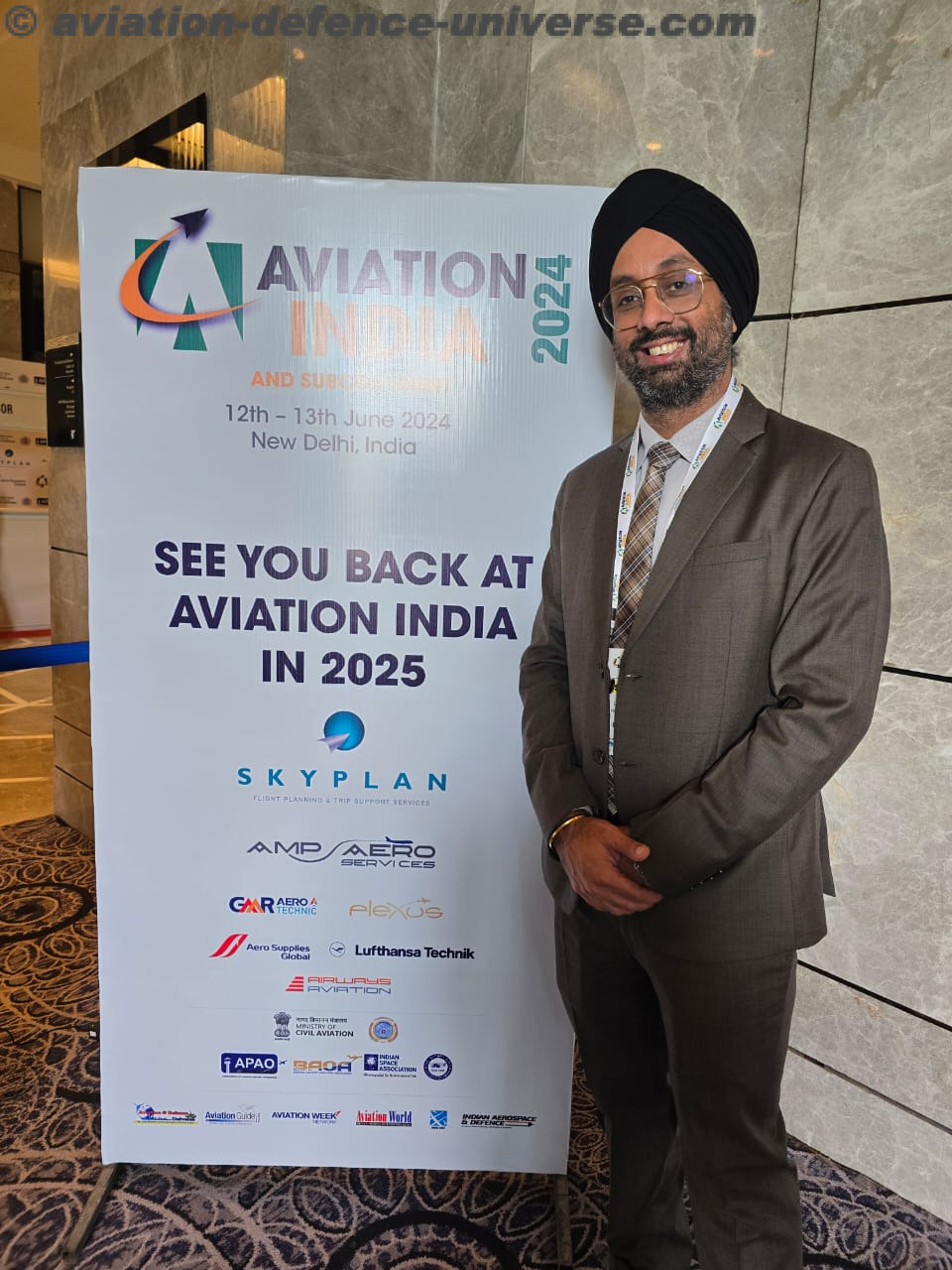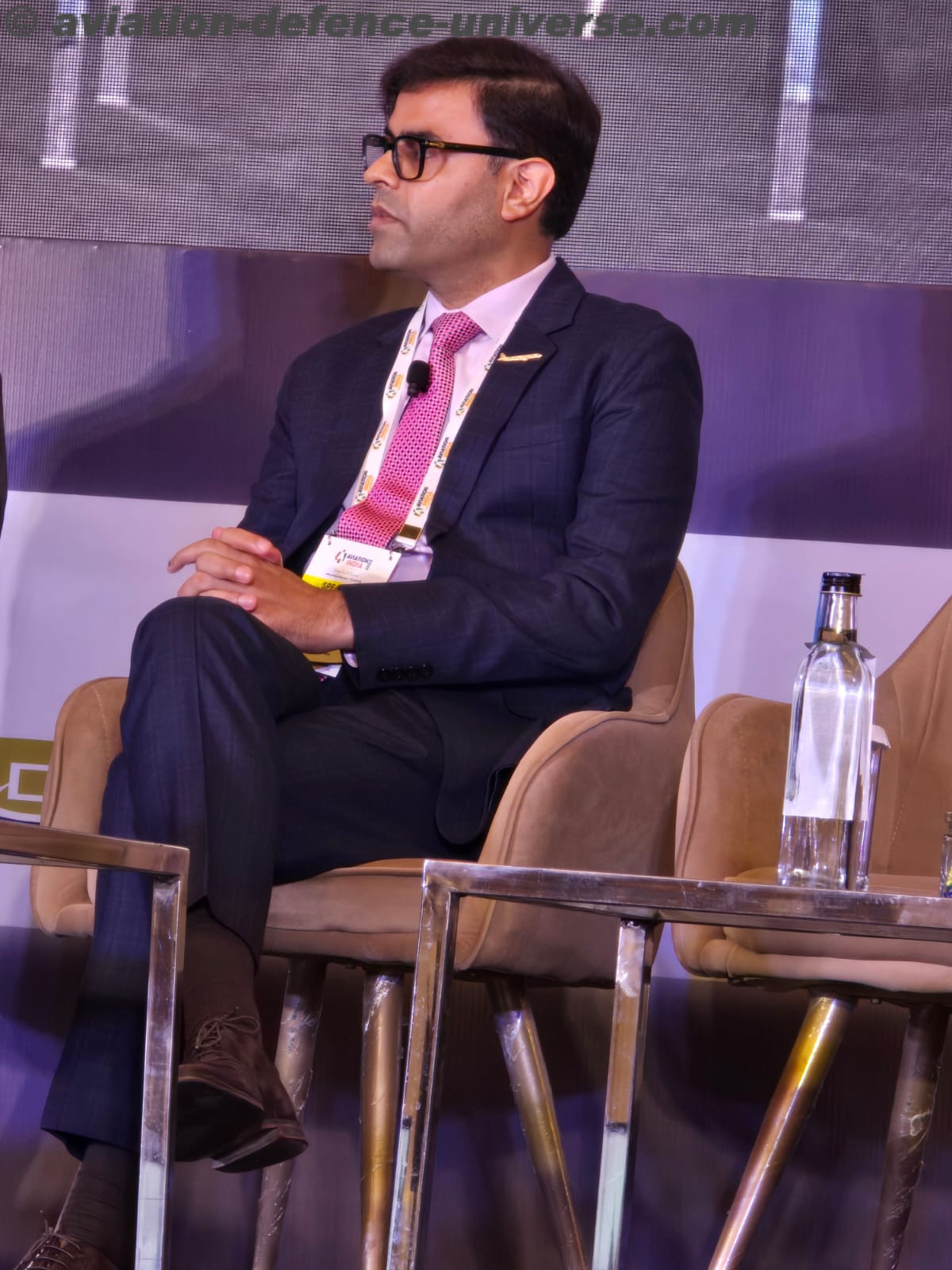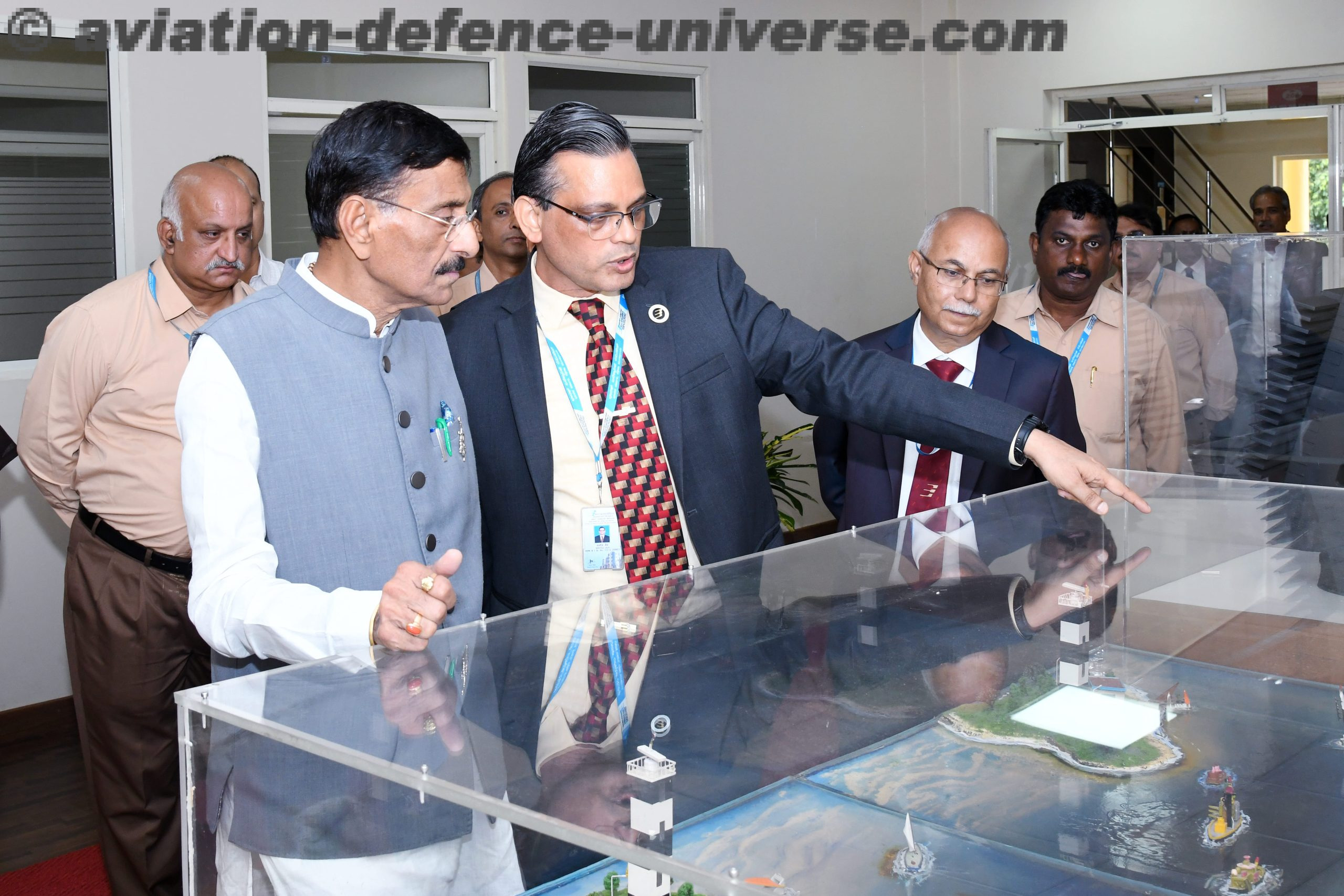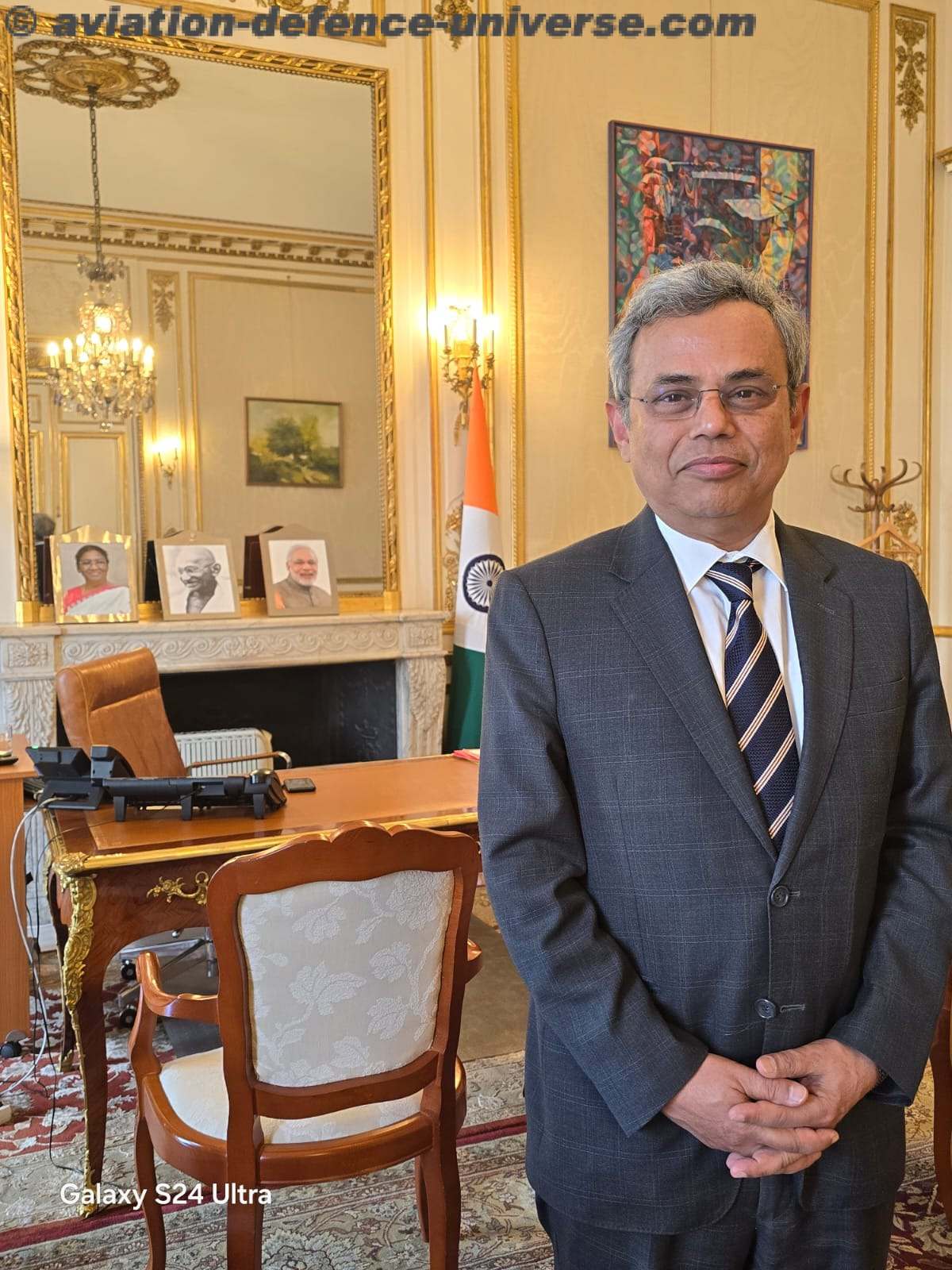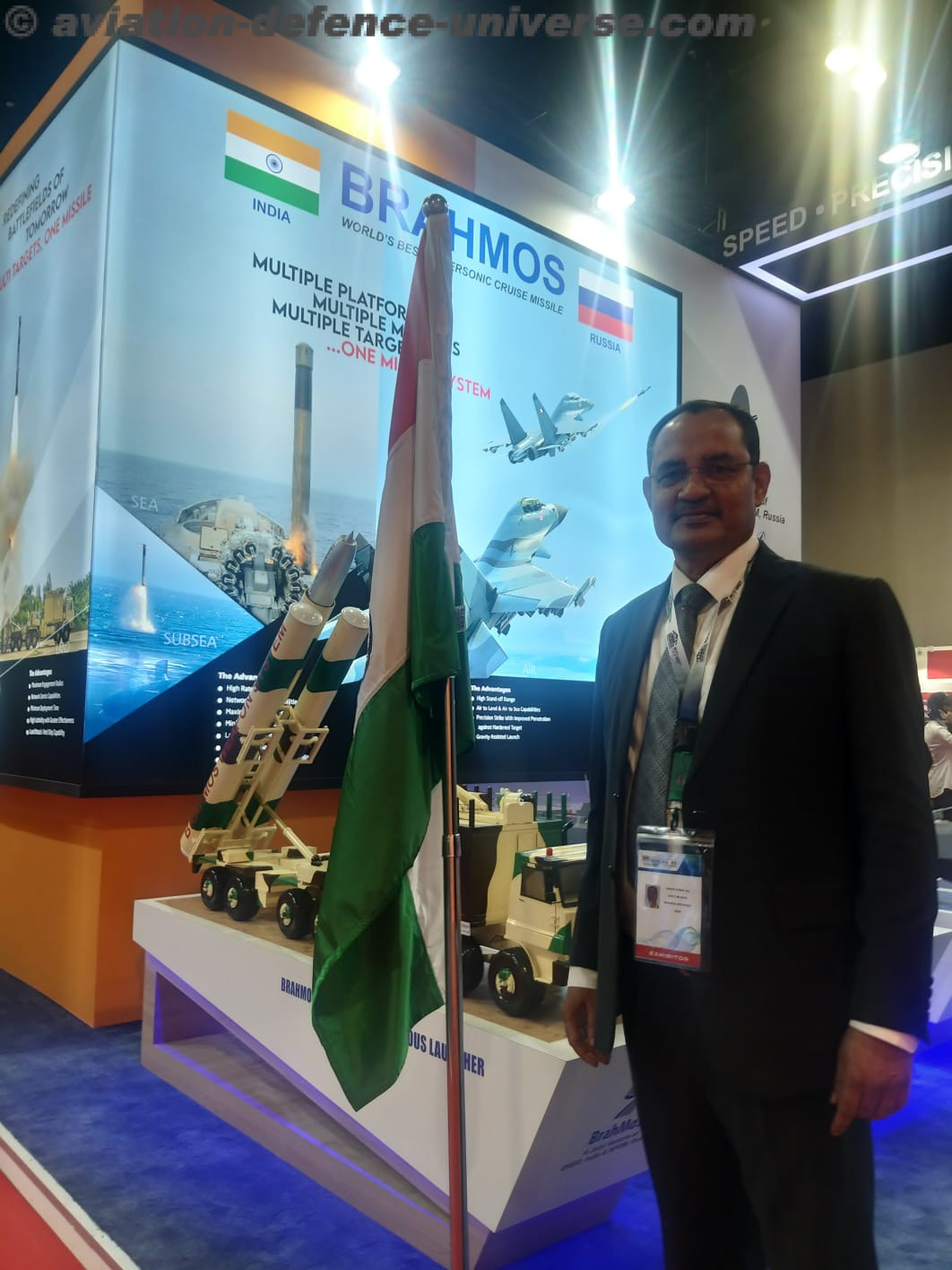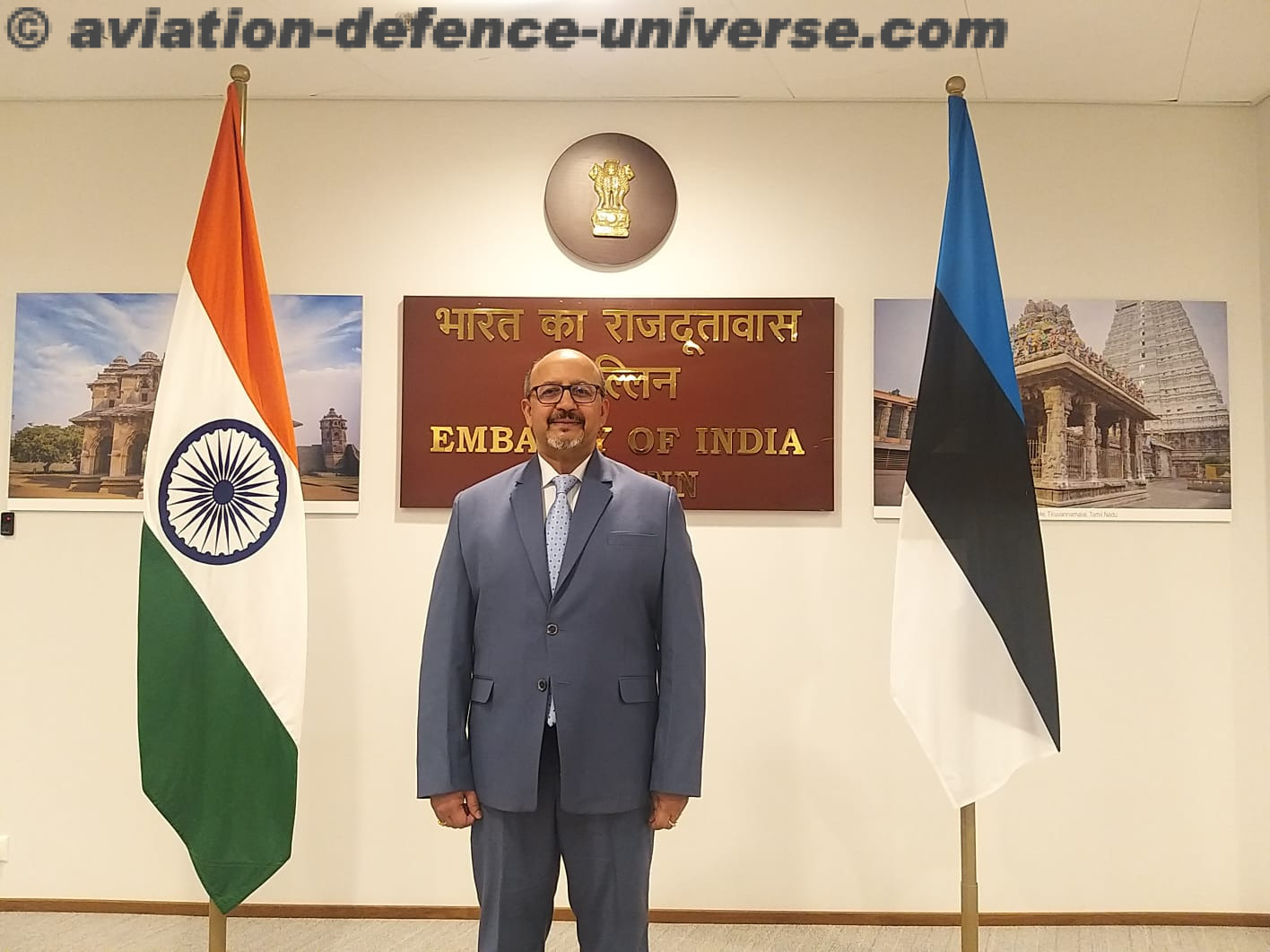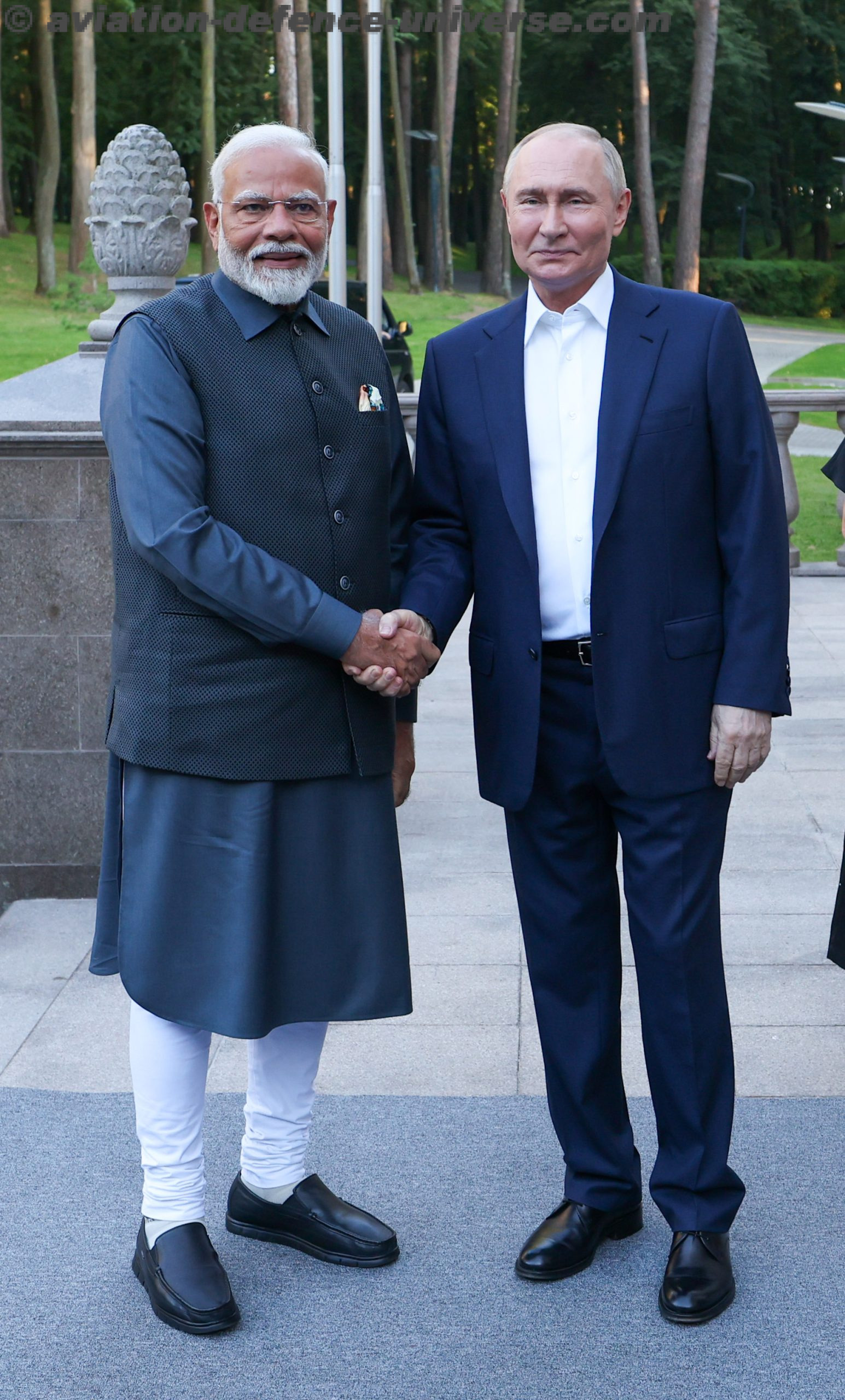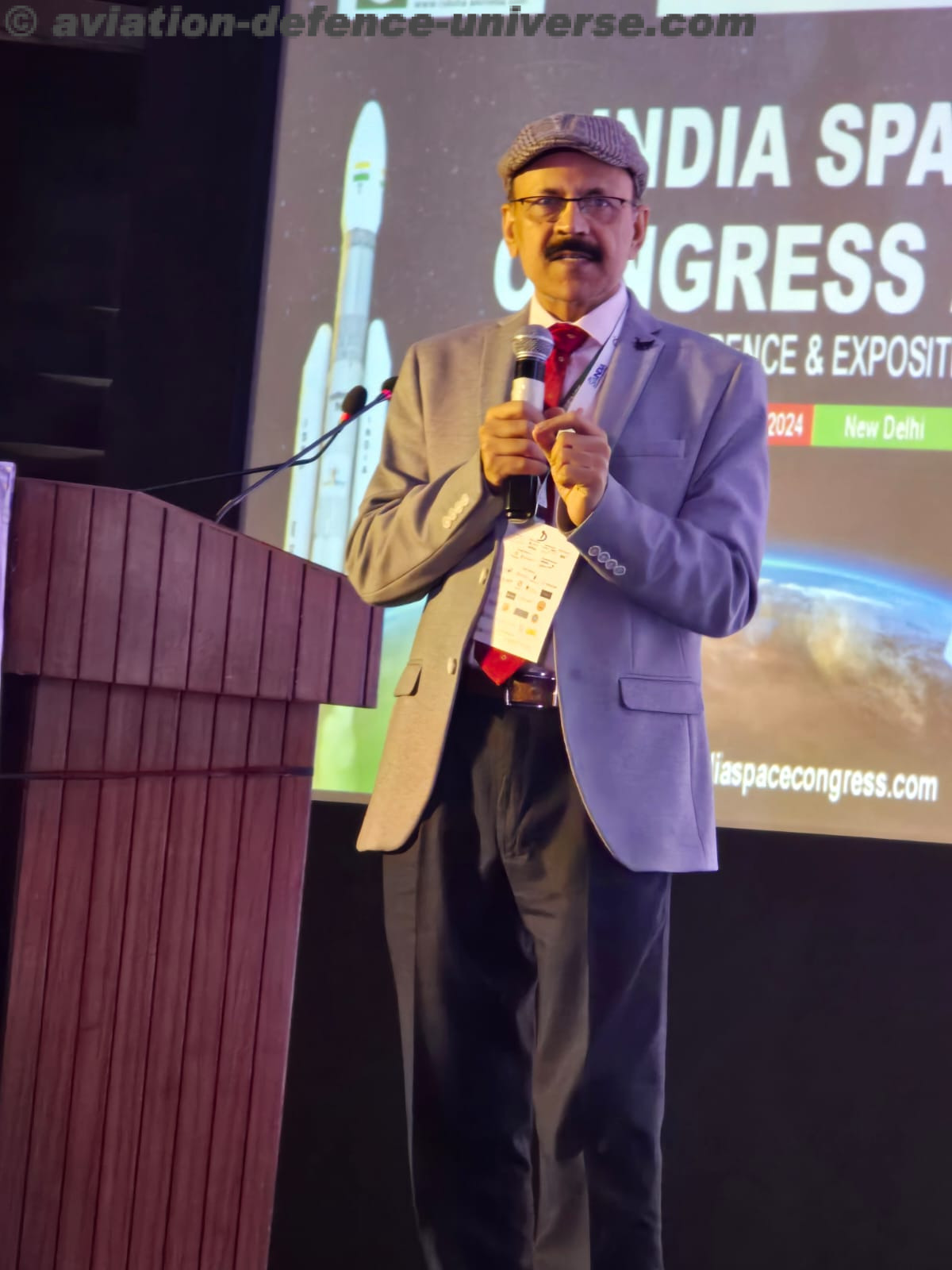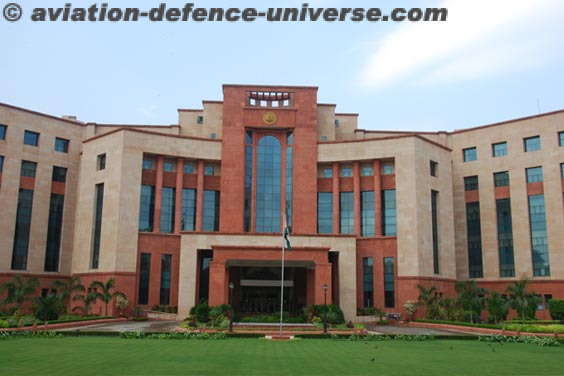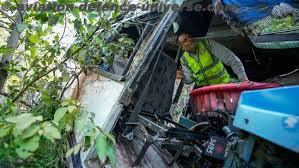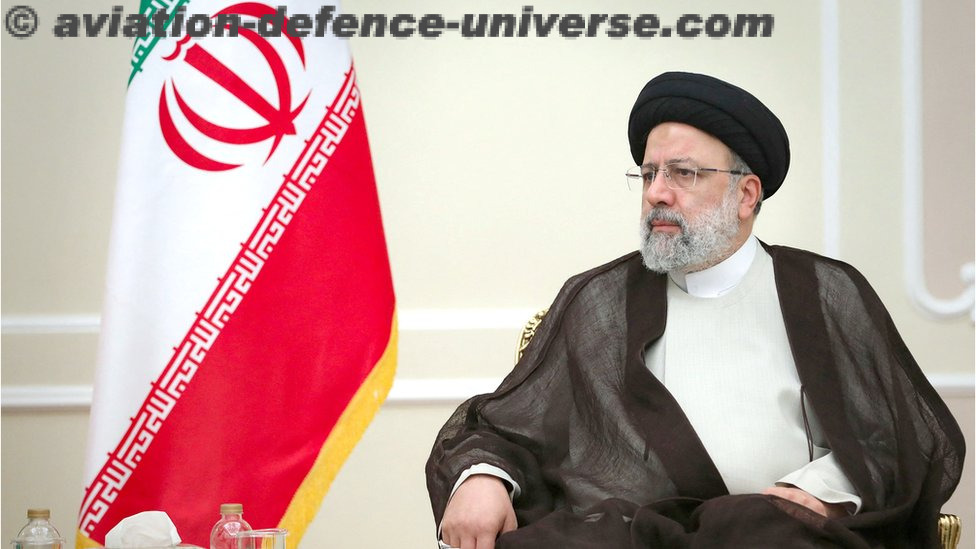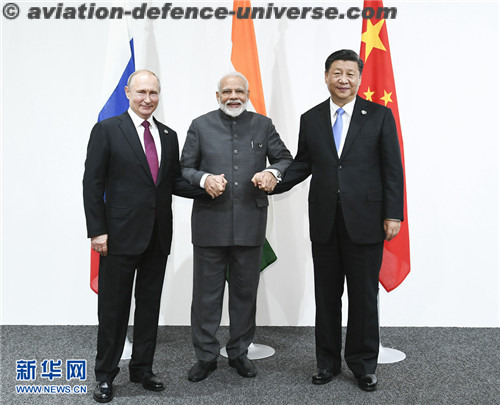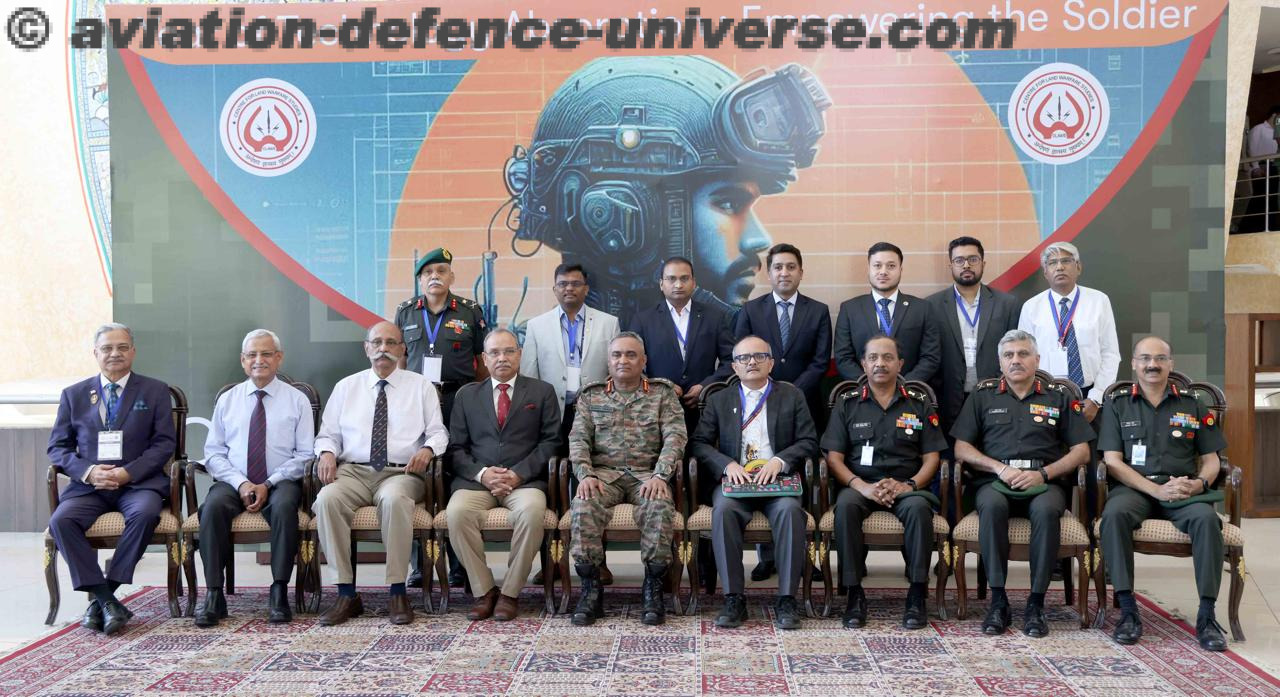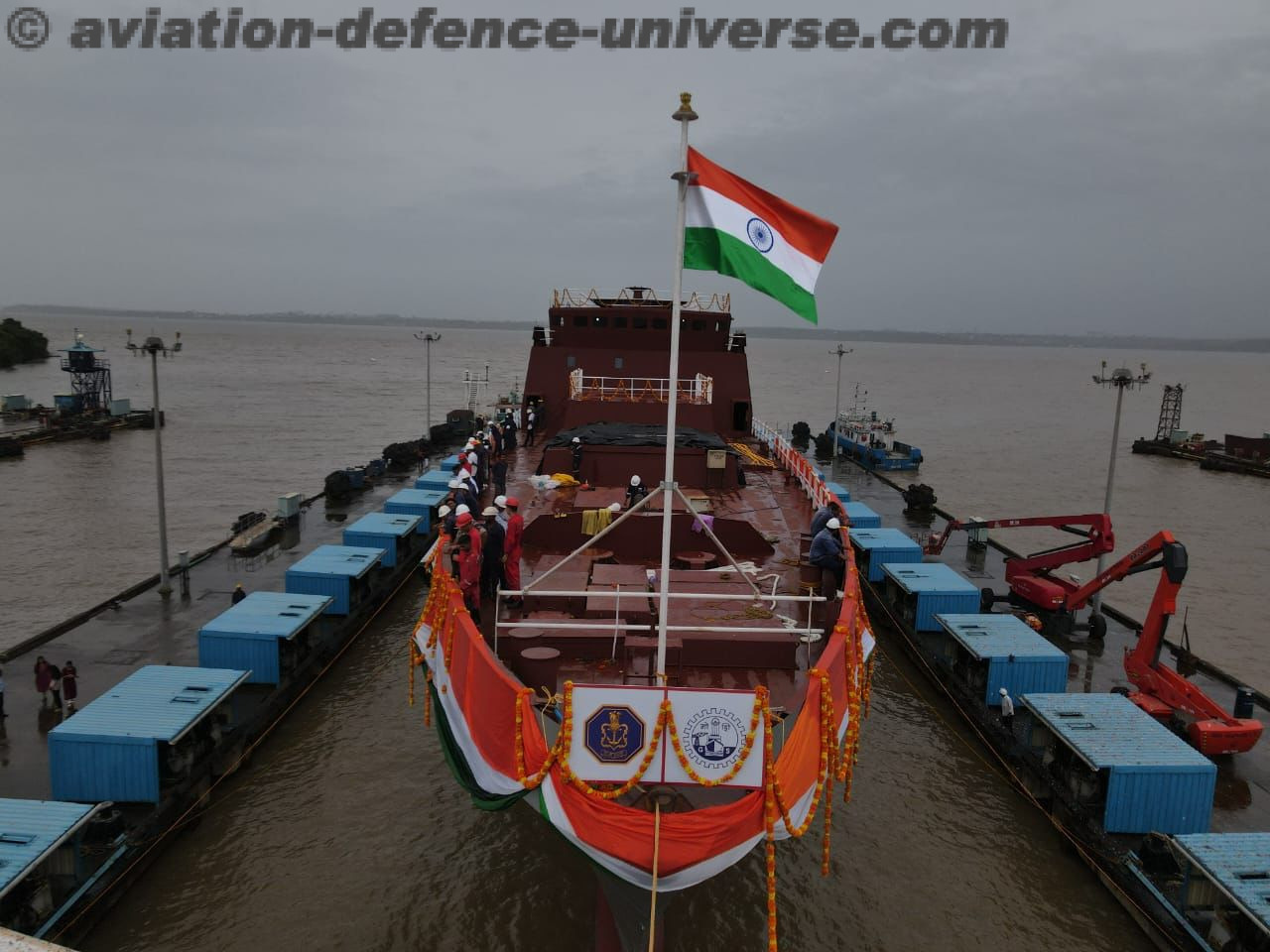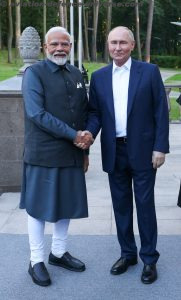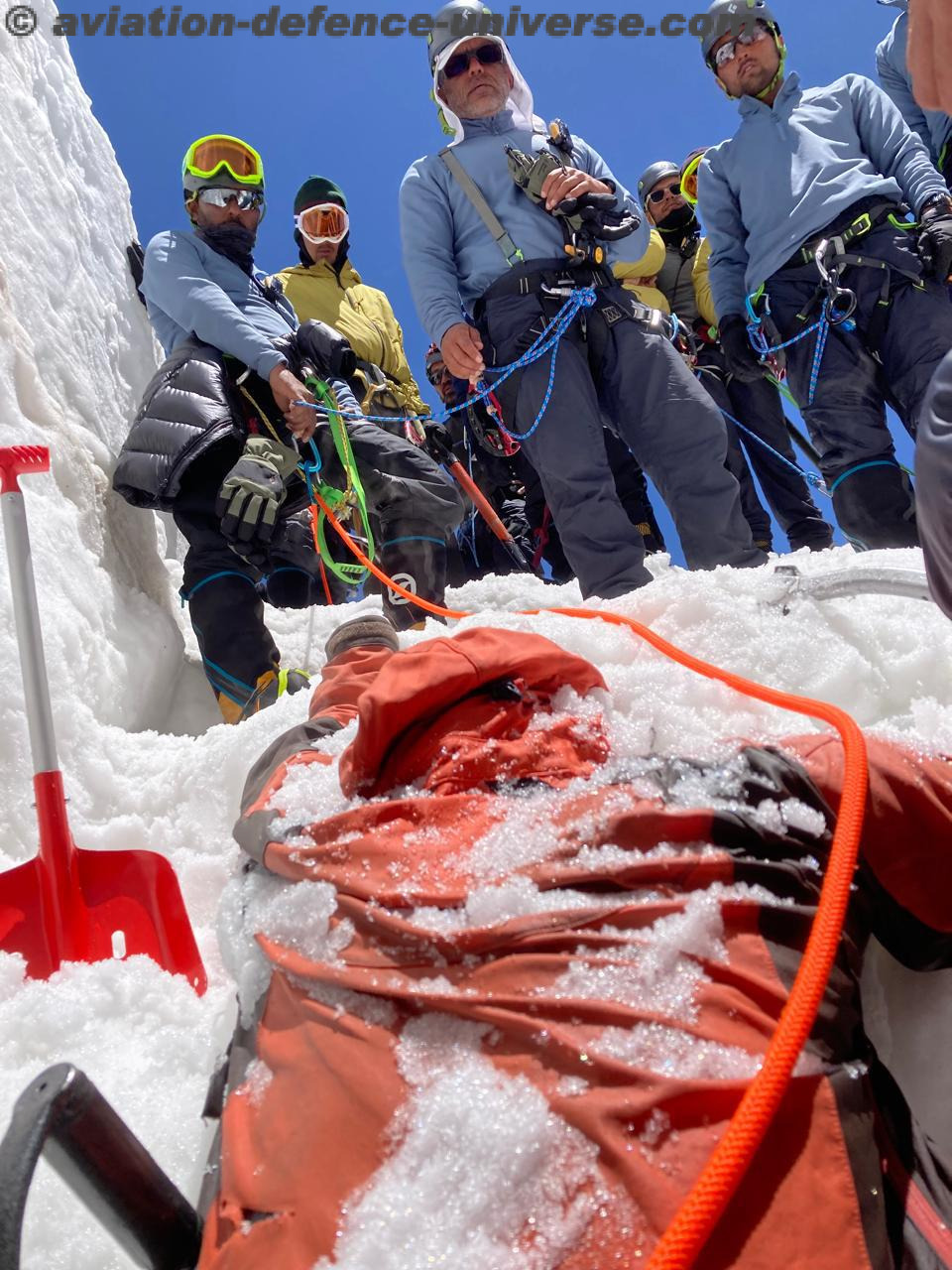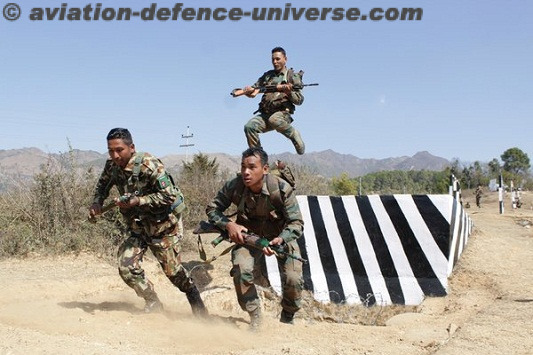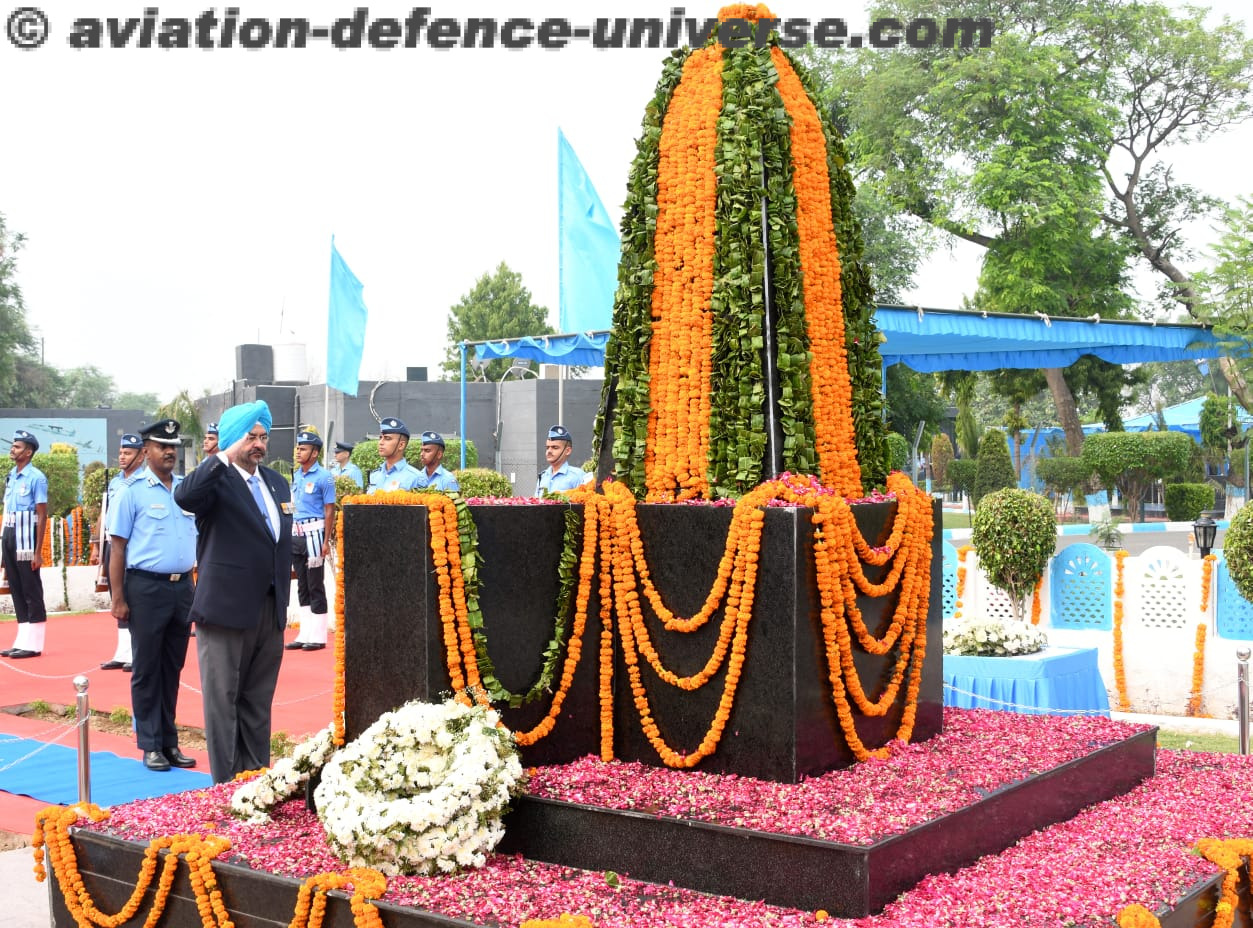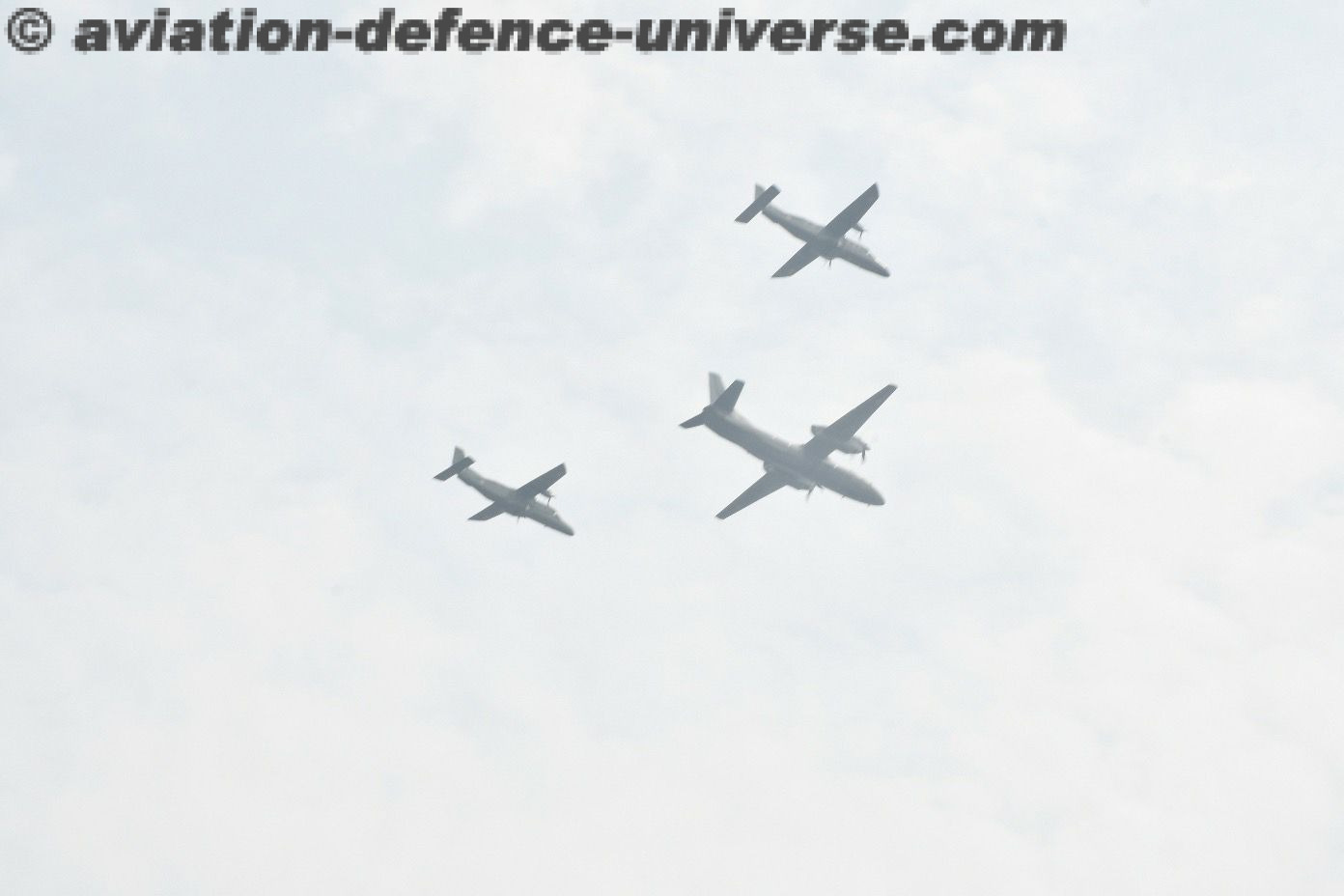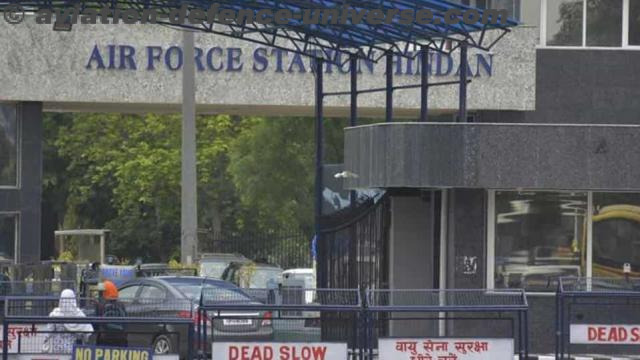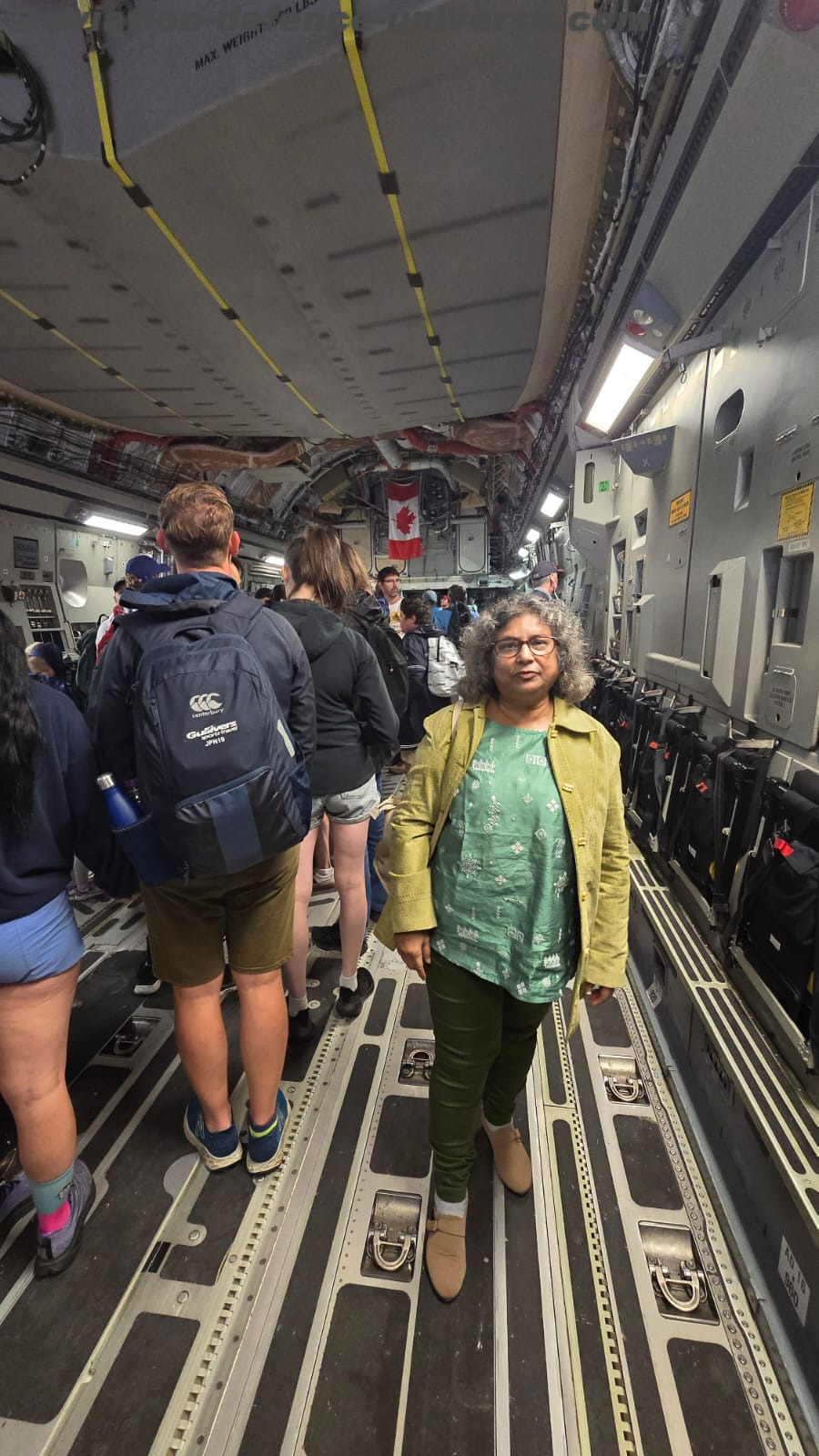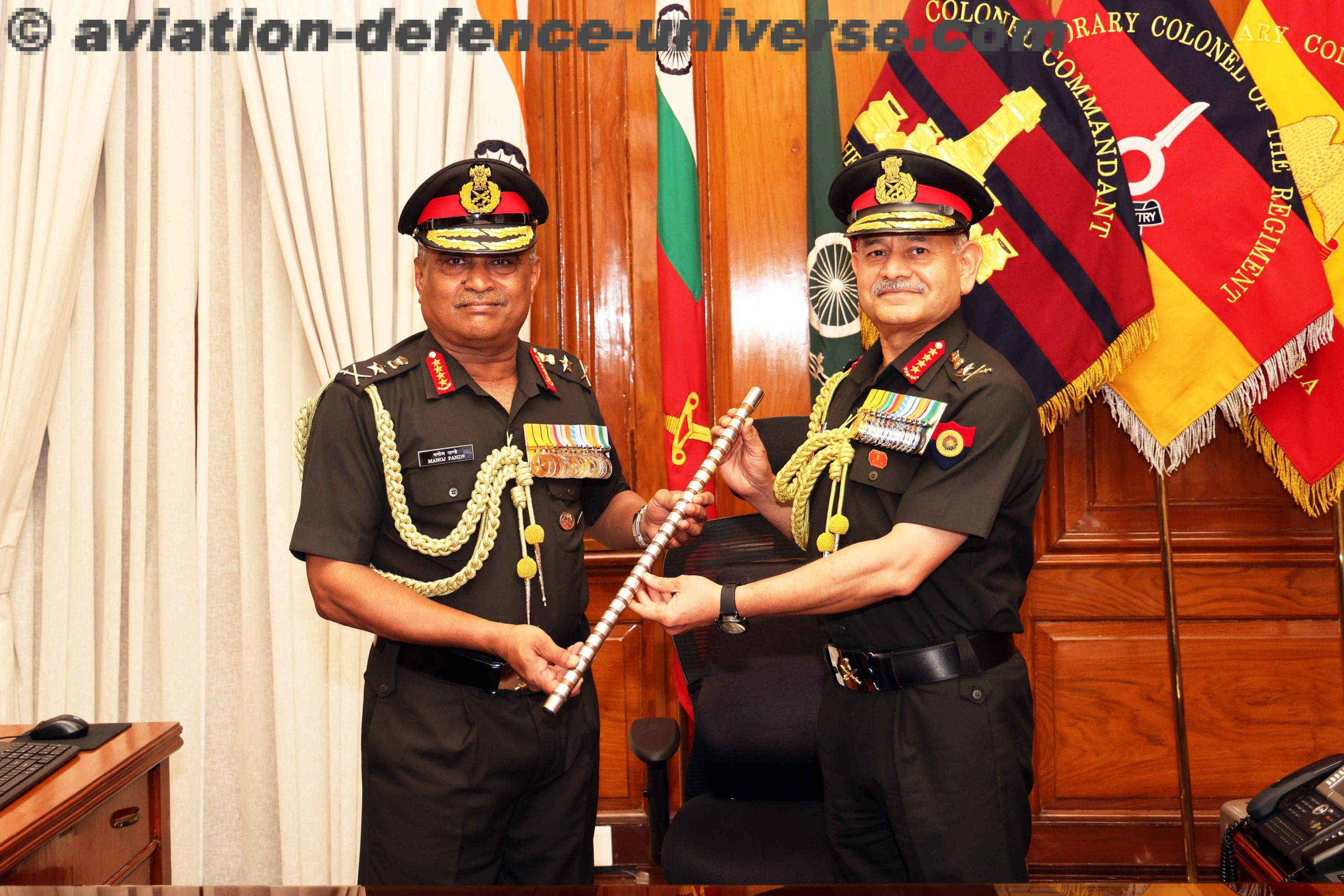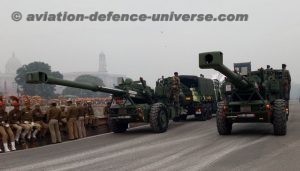 By Major General(Dr.)(Retd.) P K Chakravorty, VSM
By Major General(Dr.)(Retd.) P K Chakravorty, VSM
New Delhi. 28 September 2019. The Regiment of Artillery celebrates is all set celebrate 192 years of its inception on 28 September. The date of raising is related to the raising of the Royal Indian Artillery as a part of the Bombay Presidency which occurred on 28 September 1827. The organisation was named as 5 Bombay Battery and they soon prepared themselves for a role in the mountains. They participated in the first Anglo Afghan war which took place from 1839 to 1842. Thereafter the Regiment participated in both the World Wars and in all the Wars post independence.
Artillery is the second biggest arm, next to the infantry and has proved its mettle in all operations including Counter Insurgency actions in Jammu and Kashmir as also in the North East. Professionally the arm has provided Firepower in all operations with Elan, Pride and Military Precision. The Regiment having completed 190 years is currently undergoing a process of modernisation which would ensure that state of the art equipment is inducted to enable the Regiment to undertake operations in the 21st century against its adversaries.
Having spent these glorious years it would be pertinent to take a reality check on aspects concerning the arm which is aptly referred as the King of the Battle. It is pertinent to note that while Guns are the colours, the ammunition is the weapon and it is a combination of these two that causes devastating effect at the target.
On attaining independence the Regiment of Artillery was primarily equipped with the 25 pounder as the basic field gun. Known as the ‘Old Faithful’ the Gun provided a yeoman’s service in the four wars up to 1971. We also had the 3.7 inch Howitzer, 4.2 inch mortar and the 5.5 inch Medium Gun. With the passage of time and improvement of technology the role of the Artillery transformed from neutralisation to destruction which ensures that the enemy is destroyed and the devastating firepower breaks his will to fight, enabling our assaulting troops to close in, capture the objective and attain victory.
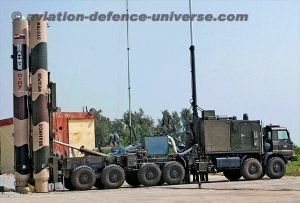 The Indian Artillery is currently in a Network Centric Warfare (NCW) Environment has to provide Surveillance and Reconnaissance resulting in Target Acquisition which would lead to engagement which needs to be monitored to undertake Post Strike Damage Assessment and ensure that the target is destroyed. In NCW, Artillery shapes the battle field, degrades enemy’s war waging capability, destroys his field defences, communication sites, logistics echelons thereby paralysing him and thus accomplishing our mission.
The Indian Artillery is currently in a Network Centric Warfare (NCW) Environment has to provide Surveillance and Reconnaissance resulting in Target Acquisition which would lead to engagement which needs to be monitored to undertake Post Strike Damage Assessment and ensure that the target is destroyed. In NCW, Artillery shapes the battle field, degrades enemy’s war waging capability, destroys his field defences, communication sites, logistics echelons thereby paralysing him and thus accomplishing our mission.
The Regiment of Artillery is currently equipped with a variety of surveillance devices, Guns, Mortars, Rockets and Missiles. The surveillance devices are a part of the Surveillance and Target Acquisition (SATA) Regiments. The devices currently held comprise the Unmanned Aerial Vehicles (UAVs) which are of four types. These are the Medium Altitude Long Endurance (MALE), Heron UAV and Short Range UAVs Searcher MK I, Searcher Mk II as also four indigenously built Nishant. These UAVs have been operationally optimised and they are an extremely useful tool of surveillance. Our current holdings are minimal and their numbers need to be enhanced.
The SATA units are currently equipped with Medium Range Battlefield Surveillance Radars (MBFSR) and Weapon Locating Radars (WLR). The MBFSR currently held is the ELM 2140 which is able to detect tanks, vehicles and troops. They are held in minimal quantities and been exploited by mobile masts. The WLR currently held is the ANTPQ-37 which has been optimised with a reasonable degree of success. We are in the process of inducting our indigenously developed Weapon Locating Radar Saathi which would be initially inducted in the plains. Further SATA units are equipped with Long Range Reconnaissance and Observation System (LORROS). This equipment has excellent day and night surveillance capability and has proved its effectiveness in operational areas. The SATA units also have a passive weapon locating system known as Sound Ranging. The system currently held is old and needs to be replaced by state of the art equipment.
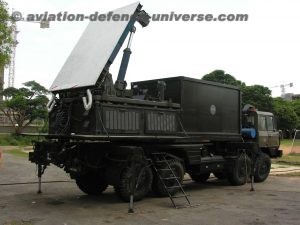 As regards Guns the Regiment is equipped with Field, Medium, Self Propelled, Light and Medium Regiments. The Field Regiments possess either 105 mm Indian Field Gun / Light Field Gun or 122mm Field Howitzer. The Medium Regiments possess 130 mm Medium Gun, 155 mm Bofors Medium Gun and a few regiments of Soltam Guns. The Self Propelled Regiments are equipped with 130 mm Catapult and the Light Regiments are equipped with 120 mm Mortars. There is also a Heavy Mortar Regiment equipped with 160 mm Mortars which is being managed with intensive care and maintenance.
As regards Guns the Regiment is equipped with Field, Medium, Self Propelled, Light and Medium Regiments. The Field Regiments possess either 105 mm Indian Field Gun / Light Field Gun or 122mm Field Howitzer. The Medium Regiments possess 130 mm Medium Gun, 155 mm Bofors Medium Gun and a few regiments of Soltam Guns. The Self Propelled Regiments are equipped with 130 mm Catapult and the Light Regiments are equipped with 120 mm Mortars. There is also a Heavy Mortar Regiment equipped with 160 mm Mortars which is being managed with intensive care and maintenance.
The Regiment of Artillery is holding Rockets and Missiles. The Rocket Regiments are equipped with 122 mm GRAD BM -21 rockets, 214mm Pinaka Rockets and 300 mm Smerch Rockets. The Missile Regiments are equipped with the Super Sonic Cruise Missile BrahMos which has a range of 290 km.
Apart from this the Regiment hold a variety of ammunition to include High Explosive, Smoke, Illuminating, Cargo, Kransopol Precision Guided Munition (PGM), Terminally Guided Sub Munition and Fuel Air Explosives.
While our Surveillance Equipment, Rockets and Missiles are modern our Guns and Ammunition are reaching obsolescence and need to be replaced.
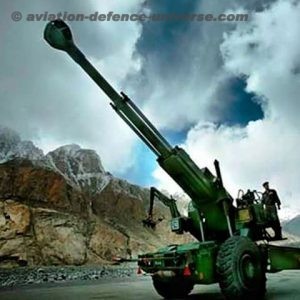 The Regiment of Artillery has successfully expedited the modernisation process particularly with regard to Guns and Ammunition. All our Guns are more than 25 years old and need to be replaced. The indigenously manufactured 155 mm (45 calibre) Dhanush is the first to be inducted. Six Guns are currently with the Regiment of Artillery and an indent has been placed for 114 Guns. This would be followed by an indent for 300 additional Guns.
The Regiment of Artillery has successfully expedited the modernisation process particularly with regard to Guns and Ammunition. All our Guns are more than 25 years old and need to be replaced. The indigenously manufactured 155 mm (45 calibre) Dhanush is the first to be inducted. Six Guns are currently with the Regiment of Artillery and an indent has been placed for 114 Guns. This would be followed by an indent for 300 additional Guns.
The next platform being inducted would be the 155 mm M777 Ultra Light Howitzer on a Foreign Military Sales Programme from the United States. Two Guns are currently in Pokhran Field Firing Ranges, to prepare data for Range Tables. The total order would include 145 pieces which would form eight regiments. These Guns would be an asset for the Mountain Strike Corps being raised shortly. Further Mahindra Tech would possibly manufacture additional pieces as a part of their Make in India programme.
It is interesting to note that Contract has been signed for the 155 mm (52 Calibre) Self Propelled Gun which is termed as the K 9 Vajra. This would be Made in India by L&T in consortium with Samsung Techwin of South Korea. The initial order is for 100 Guns and the rest would follow based on requirements
It is sad that the Request For Proposal for the 155 mm (52 calibre) Mounted Gun System has lapsed. This is an extremely important system as the Gun could be employed universally and has the Gun mounted on the vehicle. The trials of 155 mm (52 calibre) has been completed and the same has been referred to an empowered Committee. DRDO has successfully developed two prototypes of Advanced Towed Artillery Gun System (ATAGS) of 155 mm,52 calibre. They appear to be successful in the Development trials. The Extended Range Pinaka Rocket of 60 Km is also shaping well in the trials undertaken by DRDO. The Pinaka and the Smerch must be configured for deployment in the mountains and the Gunners need to address this issue with deliberation. We also need a long range Mortar for which suitable efforts must be put in.
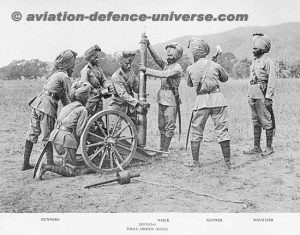 The greatest break through has been in the field of Supersonic Cruise Missle BrahMos. It has qualified in the user trials for the steep dive version of the missile, thereby enabling the equipment to be deployed in the mountains. Further the missile in a current test has ranged 400 Km. There is a requirement to enhance the range to 600 km to engage suitable depth targets across the borders.
The greatest break through has been in the field of Supersonic Cruise Missle BrahMos. It has qualified in the user trials for the steep dive version of the missile, thereby enabling the equipment to be deployed in the mountains. Further the missile in a current test has ranged 400 Km. There is a requirement to enhance the range to 600 km to engage suitable depth targets across the borders.
The Regiment also needs Unmanned Combat Aerial Vehicles (UCAVs) and Loitering Missiles. To enhance our surveillance of Depth Areas we would need Aerostats which would help us in acquitting targets. Our surveillance equipment needs to be beefed up with additional equipment as also there is a dire need for Satellites to provide surveillance and target acquisition. The Artillery Combat Command and Control System (ACCCS) will be combining these elements to provide Synergise Firepower. The system needs to be updated and introduced in all formations.
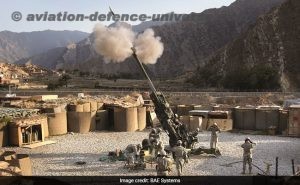 As regards ammunition we need to seriously examine the introduction of Precision Guided Munitions (PGMs) to ensure destruction of targets by accurate fire. The Regiment of Artillery needs to seriously consider this aspect and evaluate our requirements considering the prevalent operational environment. Further Sensor Fuzed Ammunition needs to be procured for precise engagements of mechanised targets.
As regards ammunition we need to seriously examine the introduction of Precision Guided Munitions (PGMs) to ensure destruction of targets by accurate fire. The Regiment of Artillery needs to seriously consider this aspect and evaluate our requirements considering the prevalent operational environment. Further Sensor Fuzed Ammunition needs to be procured for precise engagements of mechanised targets.
Artillery would be completing 192 years since its raising. There is a need to modernise our Surveillance System, Guns, Mortars, Rockets, Missiles and Ammunition to meet the challenges of the future battlefield environment.
(Major General(Dr.)(Retd.) P K Chakravorty, VSM is a Delhi-based strategic analyst and a Former Additional Director General Artillery. The views in the article are solely the author’s. He can be contacted at editor.adu@gmail.com)




